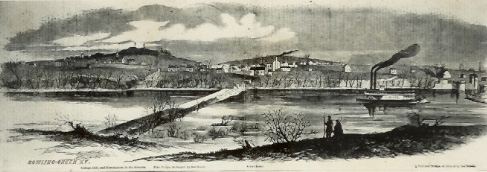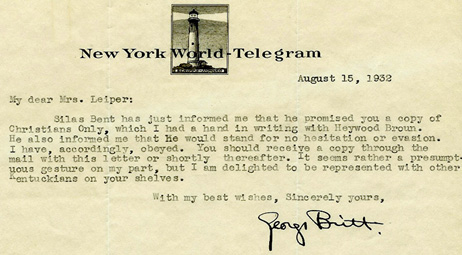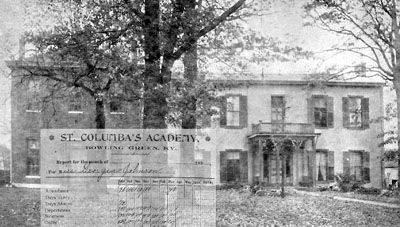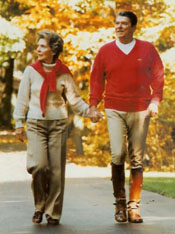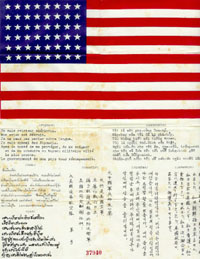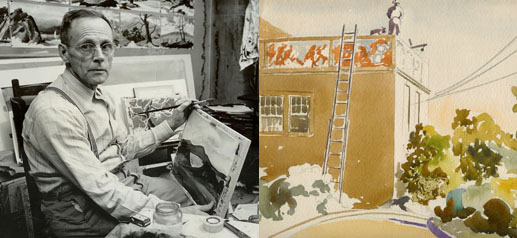
Ivan Wilson and his watercolor of the Physical Education Building (now Helm Library)
“I am 5 ft. 4-1/2 inches high, and weigh 125 lbs.–sometimes,” Ivan Wilson confessed in 1955. This quiet, gentle watercolorist, who nevertheless was fond of calling himself “Ivan the Terrible,” served from 1920-1946 as head of WKU’s art department and remained on the faculty until his retirement in 1958.
A collection of Ivan Wilson’s papers documenting his professional and personal life is now available at WKU’s Special Collections Library. Containing more than 800 items, it includes correspondence, sketches, travel journals, and clippings relating to Wilson’s exhibits. Once reluctant to show or sell his artwork, Wilson eventually exhibited in numerous universities, museums and galleries including the Nelson-Atkins in Kansas City and the Raymond Duncan Gallery in Paris, France.
Interesting items in the collection include Wilson’s diary, which he kept in 1918-1919 as a 103-pound army recruit at Camp Zachary Taylor; his impassioned letters about art written to the president of the American Watercolor Society; his letters to a former student, Chicago architect Edward Austin Duckett, who helped him sell his paintings; and a tribute to his Irish setter “Poody” that will bring tears to the eyes of all dog lovers. An avid naturalist, Wilson spent long hours gardening, hiking and fishing with WKU English professor John H. Clagett, and pursued hobbies as diverse as etymology, piano and the study of snakes. Professionally, he experienced the trials of many a faculty member: campaigning for more resources for his department, trying to motivate a student athlete, and coping with the dislocations of life after retirement.
A finding aid for the Ivan Wilson Collection can be downloaded here. For more on art and artists in the collections of the Special Collections Library, search TopScholar and KenCat.

